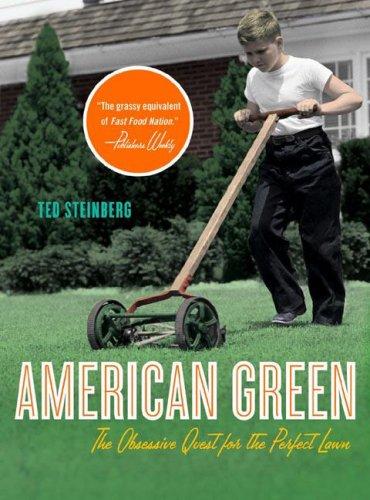kdwarn reviewed Mother Jones by Simon Cordery (Women's biography series)
Review of 'Mother Jones' on 'Goodreads'
1 star
I stopped reading this at page 43 because the level of pure speculation and conjecture just became too great. The author attributes beliefs, behavior, and actions to Mother Jones that in no way can be made with such conviction, and his understanding of labor history is weak. This is just irresponsible scholarship.




















